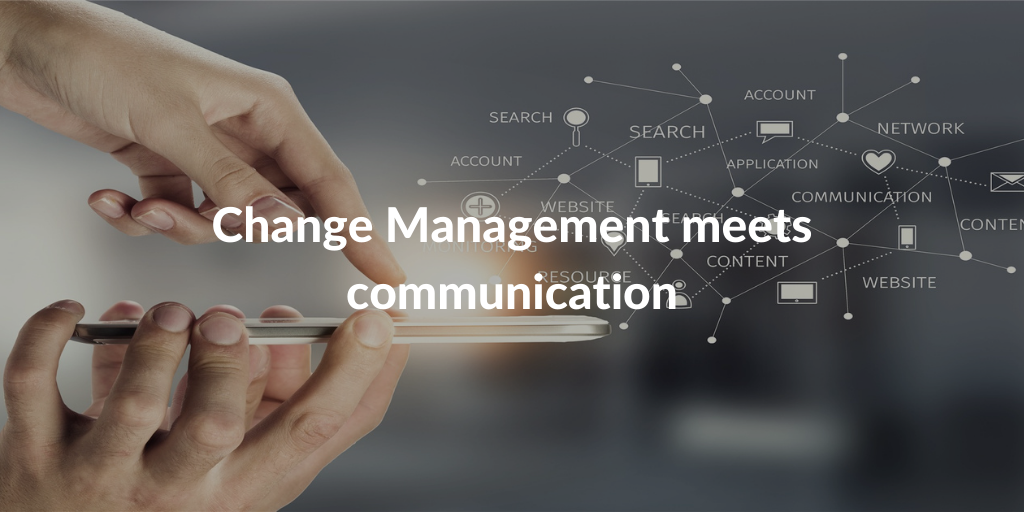What is your role and what is that you do?
I work as a Project Manager at ‘Labaratorio delle idee’ (Laboratory of Ideas), a Communication and Public Relations Agency in Bologna that specializes in the production of cultural content and sustainable projects.
Being a Project Manager in an Agency means being the customer’s point of reference while keeping activities and interlocutors online. But also planning communication actions, coordinating suppliers and monitoring results. Being a Project Manager in an Agency means doing all this, every day, for different customers, each in a different phase, with different product categories, needs and deadlines.
My background is first humanistic and then economic, but my passion has always been tourism. I personally believe tourism is the meeting point between these disciplines. I coordinate territorial marketing and tourism communication projects for public and private entities. In this period I have the opportunity to follow some Interreg projects. To contribute to the drafting of effective European cooperation strategies at the level of joint communication is very interesting and a source of great pride.
The world of communication is very hectic, what challenges did you encounter in combining it with the Change Management framework?
Every communication project determines or is determined by a change: for it to work, you sometimes have to change the language, change the audience or change the places in which you communicate. If it works, what changes is the audience’s perception of a brand, be it a service, a product or a territory.
The world of communication, if understood in its broadest sense, has a history and a wealth of experience. This results in the fact that the tools to manage a change are inherent in the project, indeed, these are a fundamental part of the project itself.
A methodology such as Change Management provides a nomenclature and a process order that allows you to advance towards the result in a more structured way. By way of example, the segmentation objectives of a Stakeholder Radar follow the aims of the Focus Groups of the 1980s advertising matrix, but without the normed and standardized guidance of the Radar (Governance, Provider, Customer, Influencer) one could run the risk of not to involve a key interlocutor or not to achieve the desired results.
On the other hand, the human and digital connections that animate a communication project sometimes make its outcomes unpredictable. Especially in terms of time and it is therefore difficult to reduce it to a model. However, having a reference that helps to decode the phases of a change offers valuable and further support, delivers an almost mystical authority and increases customer confidence to be guided in the growth and evolution necessary to conquer new scenarios.
How has the application of Change Management improved your working method
It has provided me with a holistic approach to the process. It has opened my eyes to the crucial importance of the intimate perspective of people when dealing with business changes. But it has also provided me with a corporate perspective when intercepting changes in people.
Today I am never more aware that it is people who make companies. Before the product or service it is necessary to align and bring together those who at every level make possible the presence of a brand on the market.
In the last year the pandemic has brought great changes in all realities, but it has certainly deeply involved the world of communication. With the awareness gained after this difficult period, what do you think will be the next trends or changes that will be seen in this area?
As a communication agency that also organizes events, we have seen challenges since 1996 and perhaps we can try to predict which achievements will remain forever. Surely the public will remain an essential component of communication but technology – and what we have learned from technology – will remain a tool forever.
This is the case of hybrid events, especially for a world that looks in the direction of sustainability. Imagine events with connected speakers from all over the world instead of in attendance, is something that can be appreciated and defended.
Conventions could therefore get used to the phygital (physical and technical combined) format and could see a contraction of days and public in favor of an expansion of formats and methods of meeting.
The huge mainstream events (such as concerts by internationally renowned artists) will certainly return and we will return to the theater, but we will have to get used to widespread entertainment. Cinema or outdoor festivals even in small villages, for example, could find a new diffusion.
It is no coincidence that Airbnb has changed its Value Proposition to Near is beautiful: it is the answer to an emerging trend. In recent months, many of us have discovered or re-evaluated local tourism, learning to appreciate activities in nature, for example, walks or aperitifs in the vineyard or tastings on farms. We expect a lot of new offer in this regard.
Ultimately, it will remain the new perception of our time. After the hours spent on webinars, Zoom meetings, Instagram direct and whatsapp call, we no longer have time – or desire – for an “event only for the event” but valuable content and a real opportunity for knowledge or learning are needed to justify the time we decide to dedicate to you.









